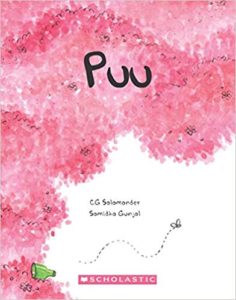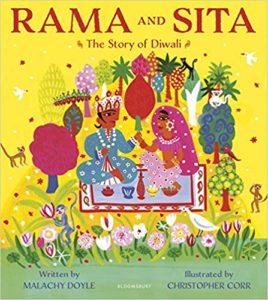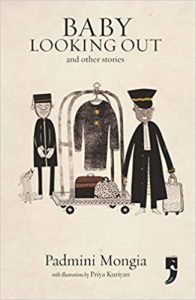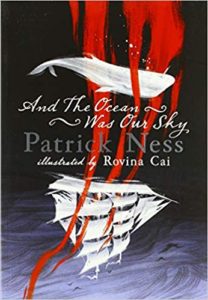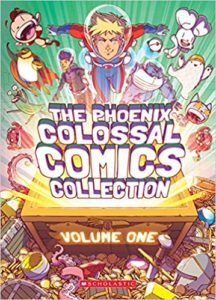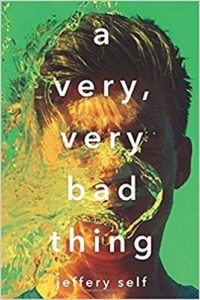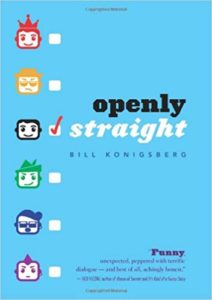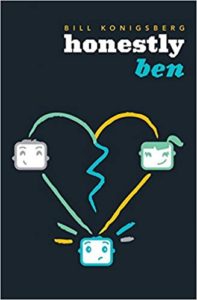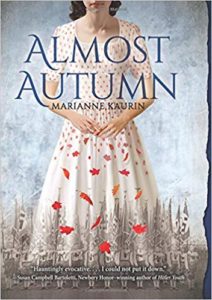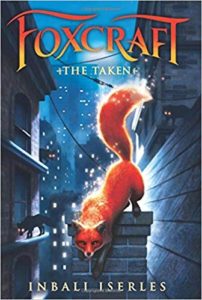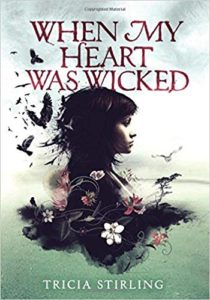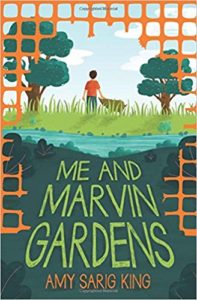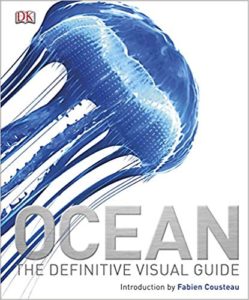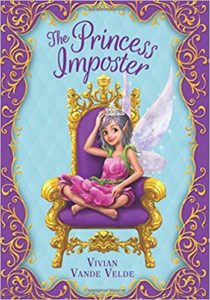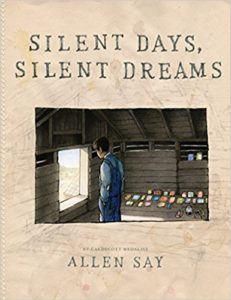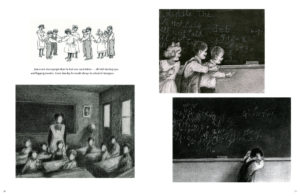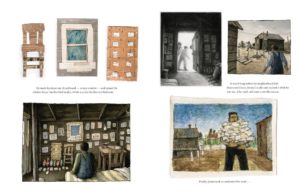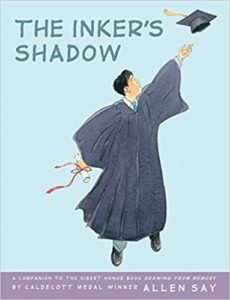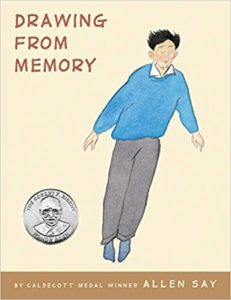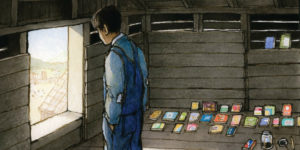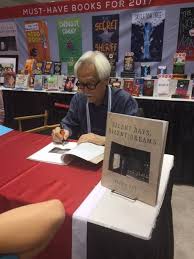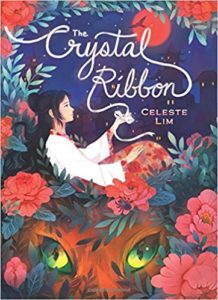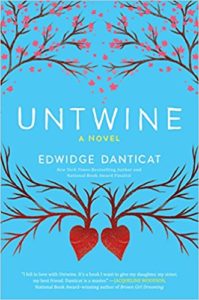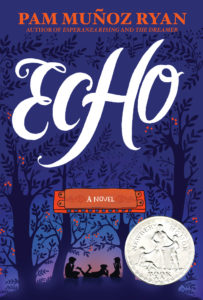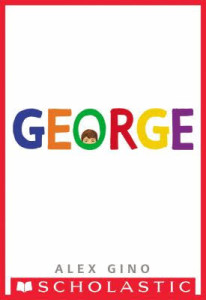 “Are you nervous about the audition? Kelly asked. “Don’t be. My dad says that men performing in non-traditional gender roles is good for feminism. He says it’s important, as an artist, to be in touch with his feminine side.”
“Are you nervous about the audition? Kelly asked. “Don’t be. My dad says that men performing in non-traditional gender roles is good for feminism. He says it’s important, as an artist, to be in touch with his feminine side.”
…
Scott snuck glances her way too, but where Mom’s eyes were filled with concern and confusion, Scott looked at George as if his sibling made sense to him for the first time. George had never been gladder to have an older brother.
…
George heard her name coming from kids talking to their parents, as well as the word boy. Adults’s heads turned her way. Most looked at her with open faces of surprise. A few smiled and waved. Others crinkled their faces in disgust. George stepped offstage and out of view of staring eyes.
…
“Well, you can’t control who your children are, but you can certainly support them, am I right?” Principal Maldonado’s earrings sparkled in the auditorium light.
Alex Gino’s debut novel George was twelve years in the making and it has already won an award — the 2016 Mike Morgan and Larry Roman’s Stonewall Book Award for Children. (http://www.alexgino.com/ ) George is about a ten-year-old boy who believes s/he is a girl. She takes her best friend, Kelly, into confidence and it takes Kelly a while to come to terms with the revelation. Later Kelly proves to be George’s best ally when she quietly gives up the lead role of Charlotte the spider in the class play of Charlotte’s Web without the permission of their teachers. George proves to be an incredible actor. The audience claps approvingly many of whom do not even realise that George is a boy!
George is fantastic! So sensitively done. The ending is a bit too convenient and sugary, but satisfying. To put in the tough conversations about being a transgender, hormonal therapy and the possibility of surgery as an adult could not have been easy. The reactions of adults and children ( including the bullying incidents) to George are beautifully done. The range of emotions George faces from pure disgust to his kind to the kind-heartedness of the school principal to quiet acceptance by the elder brother, Scott, to coming-to-terms but ultimately joy by Kelly. Using theatre as a literary technique to help George in coming out is cliched but works very well. Even setting the stage with the tiny Shakespearean drama background in the early pages is neatly done.
It took a while for me to understand the author’s name, Alex Gino, as an acknowledgement of her being a transgender and referring to herself in the plural on the book jacket. It is not common. The idea of using literature as a way of opening conversation about sexuality with children is good.
These conversations about transgender rights have been gaining momentum for some time. But last year with the news of Olympic decathlete champion Caitlyn Marie Jenner, formerly known as Bruce Jenner, announcing her transformation as a transgender caught the world by storm. It opened up debates about diversity and LGBTQ rights. When the announcement broke there were some fabulous opinion articles published, including one in the Guardian by a transgender activist. ( Alas, I am unable to locate the link for now.) But there are a few more essays that are worth reading such as Urvashi Butalia on transgender or hijra, Mona Ahmed in Granta, ( http://granta.com/monas-story/), photographer Dayanita Singh’s book on Mona called Myself Mona Ahmed ( http://www.dayanitasingh.com/myself-mona-ahmed), Scott Esposito’s essay, “The Last Redoubt”, published in the White Review ( November 2014, http://www.thewhitereview.org/features/the-last-redoubt/ ) and Scott Esposito on Juliet Jacques’s “Beyond the Trans-Memoir” in the Literary Hub ( September 2015, http://lithub.com/beyond-the-trans-memoir/). In India, the Supreme Court ruled in 2014, that transgenders will be introduced as a “third gender category”. Also how can one forget Welsh author Jan Morris’s memoir, Conundrum, published in 1974 and advertised as a personal memoir of transsexualism.
Challenge will lie in having this book discovered by the target audience. Even if you have liberal minded librarians and educationists willing to keep the book, parents will be up in arms. Gatekeepers come in all hues. Also a big question will be if knowing one’s sexual orientation is possible as a ten-year-old — it is debatable. Is it really possible that George can be so confident and sure about herself and spew so much information about being a transgender? The confident voice is that of a transgender adult. Also youngsters like to experiment. It’s a given. Absolutely nothing wrong with it. So a question that begs to be asked: do such books address diversity in literature and add to social debates or do they given young readers the license to explore sexuality and provide them with information? And George does discuss and analyse a lot of ways about becoming a transgender person. All said and done, George, is a significantly magnificent contribution to young adult literature and must be read.
Alex Gino, George, Scholastic Press, New York, 2015. Hb. pp.200.
16 Feb 2016

